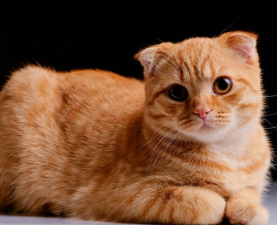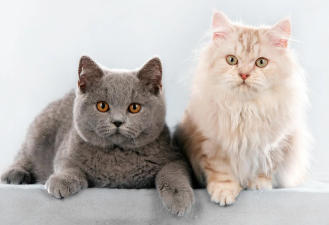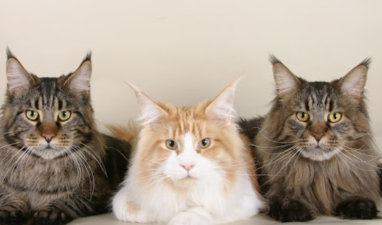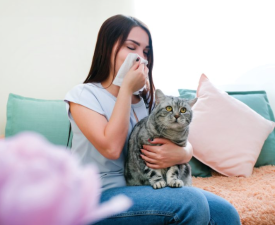Scottish Fold cats have many genetic predisposition diseases. In addition to the most common osteochondrodysplasia, there are also hypertrophic cardiomyopathy, polycystic kidney disease and calcium oxalate stones. However, only osteochondrodysplasia is a genetic disease unique to Scottish Fold cats. This genetic defect mainly affects the cartilage development of cats. In fact, the most obvious visible cartilage lesions are the "cute" folded ears.

Scottish Fold cats have many genetic predisposition diseases. In addition to the most common osteochondrodysplasia, there are also hypertrophic cardiomyopathy, polycystic kidney disease and calcium oxalate stones. However, only osteochondrodysplasia is a genetic disease unique to Scottish Fold cats. This genetic defect mainly affects the cartilage development of cats. In fact, the most obvious visible cartilage lesions are the "cute" folded ears.
Other common locations of damage are the ends of the cat's limbs and tail, and may extend to the spine, metacarpals, metatarsal bones and phalanges. All these lesions can cause chronic joint pain. The biggest feature of the Chinese lop-eared cat (Sumxu) recorded in history is that it is very lazy and does not like to move, which is probably also related to joint pain. This breed of cat is believed to be extinct, and the last appearance was in 1938.
Causes
This disease is a genetic disease caused by a genetic defect and is autosomal semi-dominant. The age of onset ranges from 1 month to 6 months, but it usually starts at 2 months of age, with no obvious gender differences. Poor cats whose parents are both Scottish Fold cats (homozygous Scottish Fold cats) show symptoms at a younger age and with more severe symptoms. But it is worth noting that all Scottish Fold cats suffer from osteochondrodysplasia to varying degrees, but heterozygous offspring have milder symptoms and develop the disease later.

Clinical symptoms
In the early stages of the disease, cats may just be inactive and intermittently experience alternating lameness in the hind legs. Some cats do not show movement disorders at first, but are characterized by bending of the middle and upper parts of the tail vertebrae and joint stiffness. As the disease progresses, the affected cat may have the following symptoms:
The tail becomes thicker and shorter and cannot bend
All four limbs may be lame, like walking on stilts
Shortened claws and swollen palms
Decreased jumping ability
Lying obliquely with the hips and waist under stress, sitting with the two hind limbs spread out (Buddha Position)
Treatment
Unfortunately, there is no specific treatment plan at present, and the disease cannot be cured. The purpose of all treatments is to improve clinical symptoms and relieve the cat's pain. In hospital treatment, subcutaneous injection of Pentosane polysulfate can be considered, and medications can be used to control pain, commonly opioid analgesics and nonsteroidal anti-inflammatory drugs (NSAIDs).
There are also some other options for the treatment of OCD. For example, low-dose radiation therapy is used to control the development of new bone formation and inflammation. In particularly severe cases, surgical options can also be used to remove exostoses and perform joint fusion to relieve the cat's pain.



